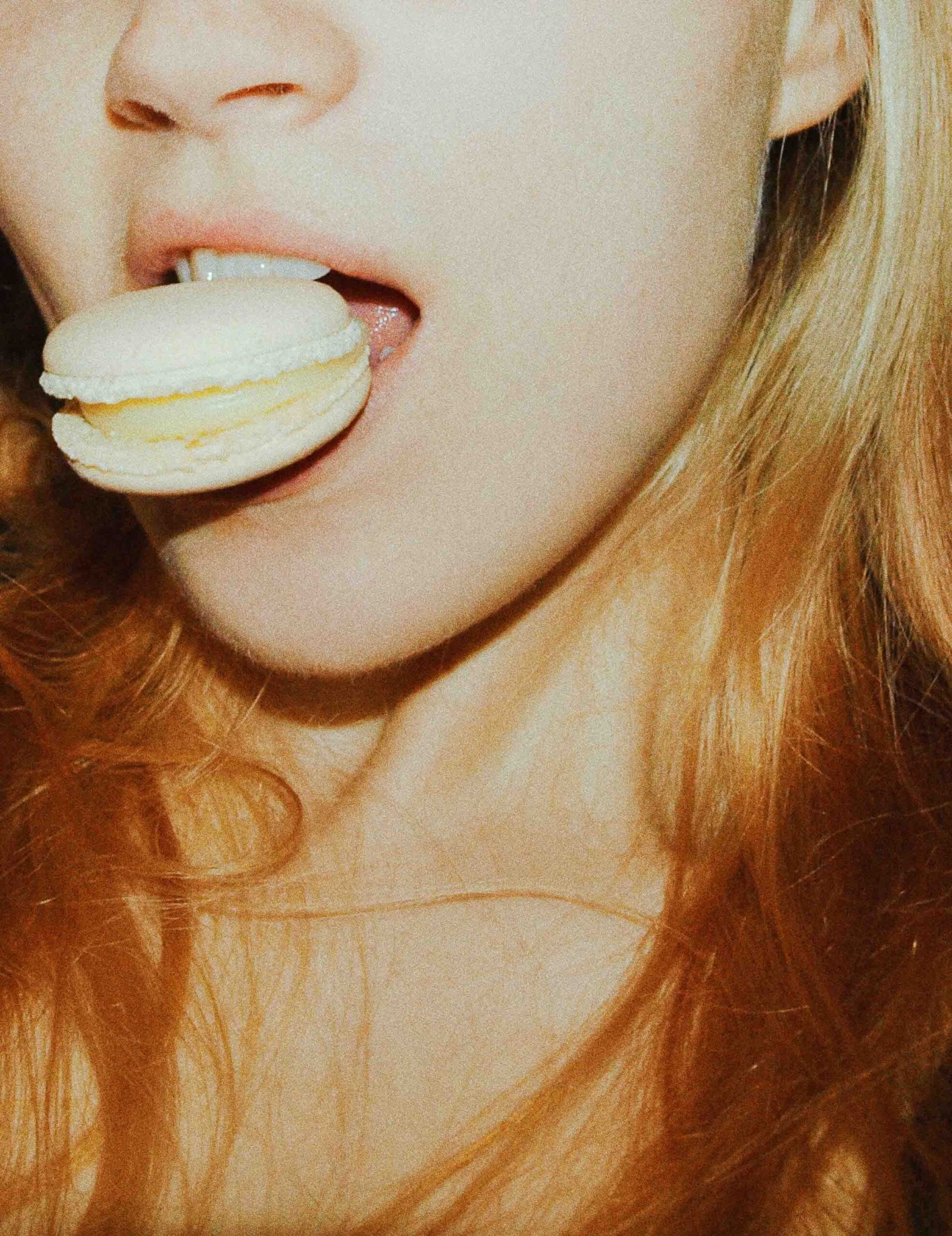According to happiness expert Meik Wiking, people tend to remember new events and feelings deeply.
Flashback effect
Ask any older person to recall some memories from their youth and they will tell you stories from the ages of 15 to 30. This is called the “reminiscence effect” or “memories”
Memory studies are sometimes performed using cue words.
Photo: Unsplash/Sarandy Westfall
In studies, when participants view a series of cue words and are then asked about the time at which the relevant recollection occurred, their responses typically produce a curve with a characteristic shape.
You can also see the “flashback effect” in some autobiographies, where adolescence and early adulthood are often depicted across a disproportionate number of pages.
Why are first memories often more deeply engraved?
There is a theory behind “salient memories” that says adolescence – the early years of adulthood – is when we “define” ourselves.

Photo: Unsplash/Jacob Bourgeois
Novelty ensures the persistence of an event in memory.
The importance of firsts means that, if you go to college, you’re more likely to remember events well at the beginning of the school year.

Tips for living
The secret to health and happiness from a scientific perspective
In the second part of the study, participants were asked to analyze each memory they had previously described.
How to create happy memories
According to another study, more than 5% of all happy memories belong to the first time.
Additionally, firsts may come in the shape of cuisine.

Photo: Unsplash/Paulina Kaminska
This may also be why life seems to get more boring as we get older.
To live happier, we should create more memorable moments and harness the power of firsts.
